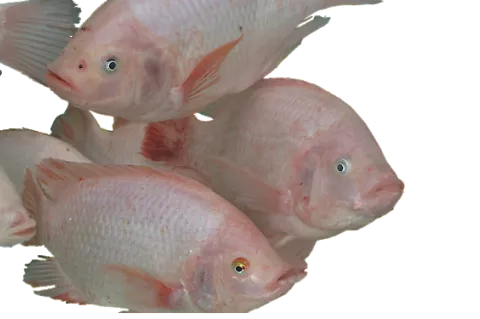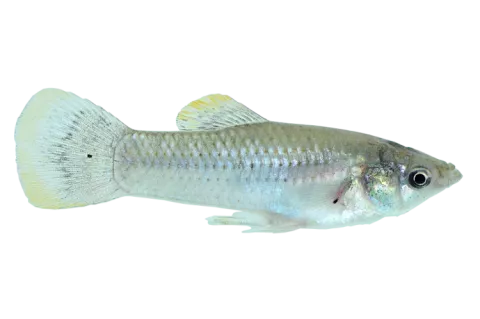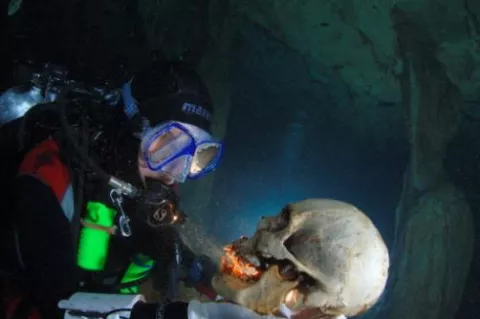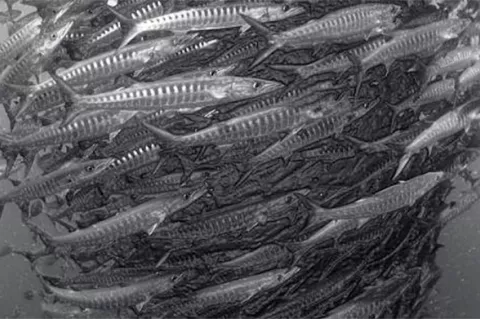Tilapia combats Malaria
In a study published in BMC Public Health, an open access journal, tilapia was introduced into abandoned fish ponds at an altitude of 1,880m and the effect measured over six months on the numbers of mosquito immatures.
- Read more about Tilapia combats Malaria
- Log in to post comments





